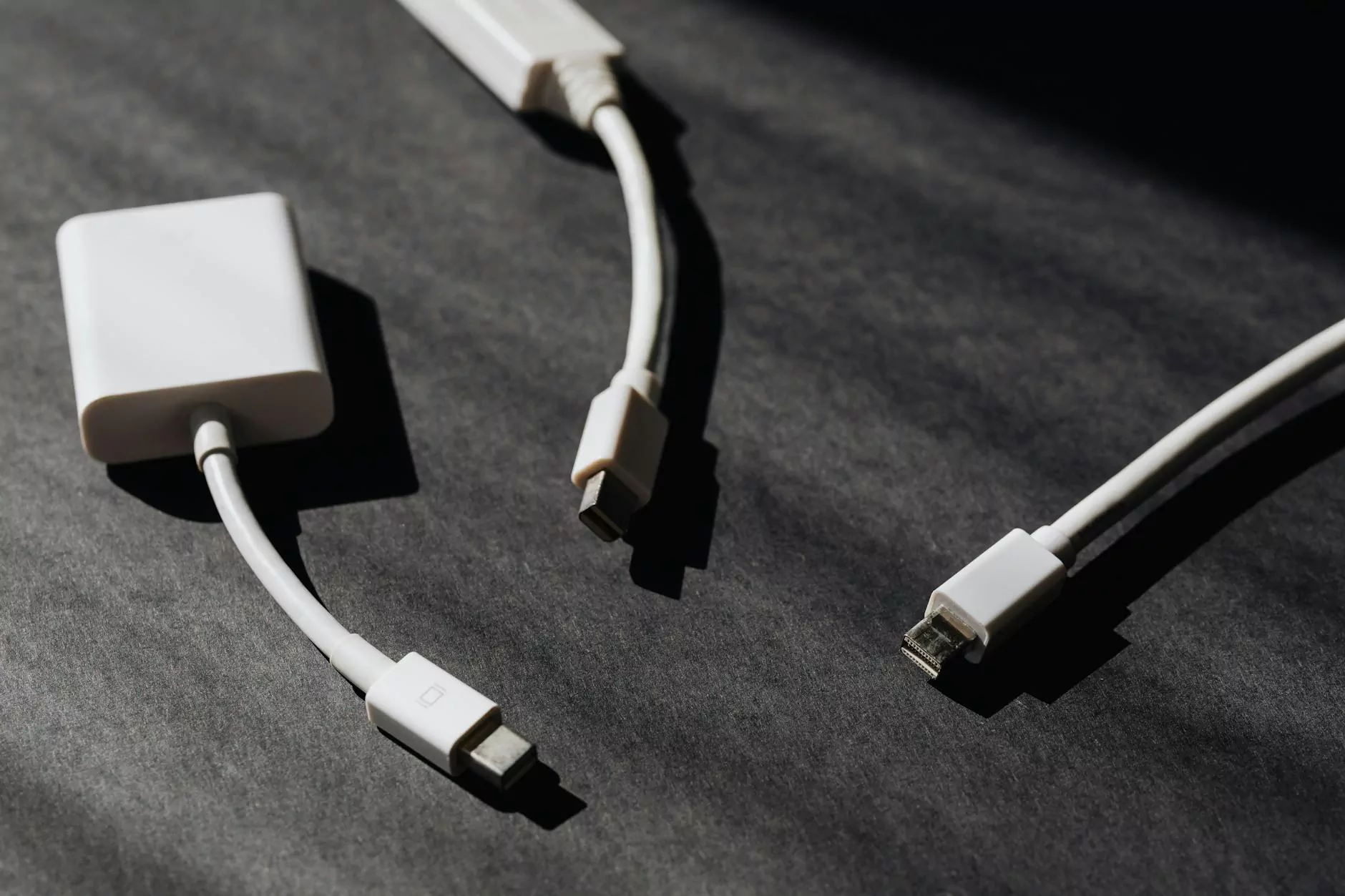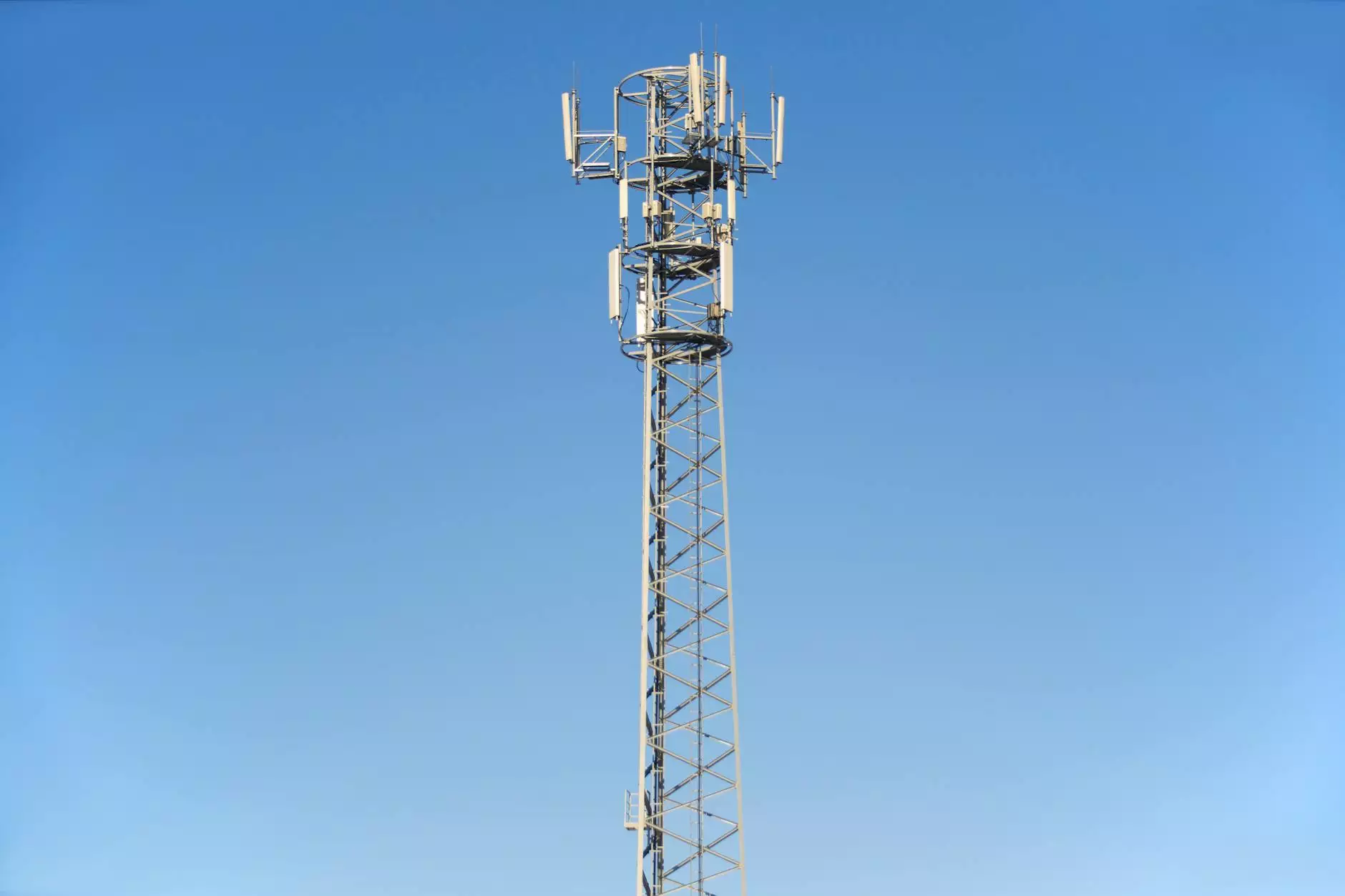15 Easy Ways to Improve Your Wi-Fi Signal

Introduction
Welcome to All American Technologies, your trusted source for all things related to technology and connectivity. If you're tired of dealing with weak Wi-Fi signals that hinder your internet experience, you've come to the right place. In this comprehensive guide, we'll explore 15 easy and practical ways to boost your Wi-Fi signal strength, ensuring faster speeds and stronger connections for both your home and office. Let's dive right in!
1. Position Your Router Strategically
When it comes to Wi-Fi signals, location matters. To optimize your signal strength, place your router in a central area, away from walls or obstructions. Ensure it's at a higher elevation and away from other electronic devices that may cause signal interference.
2. Upgrade Your Router
Older routers may struggle to provide optimal signal strength. Consider upgrading to a newer model that supports the latest Wi-Fi standards, such as 802.11ac or 802.11ax, for faster speeds and improved coverage.
3. Secure Your Network
Protecting your network not only keeps unauthorized users from accessing your Wi-Fi but also prevents them from slowing down your connection. Set a strong password and enable WPA2 encryption to ensure maximum security.
4. Reduce Signal Interference
Neighboring Wi-Fi networks, cordless phones, baby monitors, and other devices can interfere with your signal. Avoid congestion by switching to less crowded Wi-Fi channels and keeping your router away from potential sources of interference.
5. Adjust Your Router's Antennas
Most routers come with adjustable antennas that can be positioned for better signal directionality. Experiment with different antenna angles to find the optimal configuration for maximum coverage.
6. Use Wi-Fi Range Extenders
If you have areas in your home or office where Wi-Fi coverage is weak, consider using Wi-Fi range extenders or repeaters to fill those gaps. These devices amplify and rebroadcast the signal, expanding your network's reach.
7. Update Firmware Regularly
Manufacturers often release firmware updates to fix bugs and improve performance. Check your router's official website regularly for any available updates, and apply them to ensure your device operates at its full potential.
8. Optimize Network Settings
Adjusting settings like QoS (Quality of Service) and band steering can prioritize certain devices or applications, ensuring a smoother experience for your most important tasks. Consult your router's manual or online resources for guidance on how to fine-tune these settings.
9. Control Bandwidth-Hungry Applications
Some applications, like file-sharing software or video streaming services, consume a significant amount of bandwidth. Limit their usage or schedule downloads during off-peak hours to free up bandwidth for other devices.
10. Opt for a Wi-Fi Mesh System
For larger areas or multi-story buildings, a Wi-Fi mesh system can provide seamless coverage by creating a network of interconnected nodes. These systems intelligently distribute the signal, optimizing performance across your entire space.
11. Upgrade Your Wi-Fi Adapter
If your device's built-in Wi-Fi adapter is outdated or underperforming, consider upgrading to a modern USB Wi-Fi adapter for faster speeds and more reliable connections.
12. Enable Quality Video Streaming
Many modern routers offer features like Quality of Service (QoS) specifically designed for video streaming. Enable this feature to prioritize video traffic on your network, ensuring smooth playback without interruptions.
13. Use a Wi-Fi Analyzer
A Wi-Fi analyzer app can help you identify signal strength, channel congestion, and potential sources of interference. These tools allow you to make informed decisions when optimizing your network setup.
14. Invest in Powerline Adapters
If extending Wi-Fi coverage through traditional methods isn't feasible, powerline adapters offer an alternative solution. These devices utilize your home's electrical wiring to transmit data signals, providing a stable and reliable connection in hard-to-reach areas.
15. Consult a Professional
If all else fails or if you're unsure about implementing Wi-Fi improvements yourself, consider seeking the assistance of a professional IT technician. They can perform a thorough assessment of your network and suggest tailored solutions for optimal performance.
Conclusion
By following these 15 easy ways to improve your Wi-Fi signal, you'll unlock the full potential of your internet connection. Say goodbye to weak signals and frustrating buffering times. All American Technologies is committed to helping you succeed in your digital endeavors by providing expert advice, guidance, and products tailored to your needs. Stay connected, stay productive, and enjoy the benefits of a strong and reliable Wi-Fi signal.










